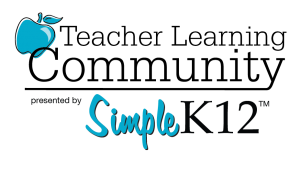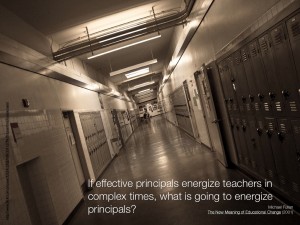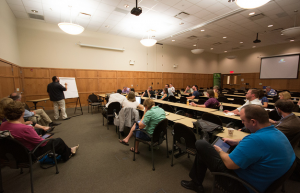I’m playing #etmooc catch up (again) and will begin sharing all of my reflective posts here as well as my original learning with #etmooc blog space because of the demise of Posterous, which has both saddened and irritated me.
Digital literacy is the topic that made the etmooc learning space so irresistible to me… I think as educators we spout off about wanting our students to be digitally literate, but not many of us (myself included) have a firm grasp about what that actually means, and quite a number of us are still attempting to become digitally literate ourselves.
Whatever that means.
It turns out, defining digital literacy isn’t such an easy task. The etmooc community was fortunate enough to hear Doug Belshaw speak on this topic in a recent webinar. I’ve followed Doug on Twitter for quite some time, and it turns out his dissertation investigates just what is digital literacy… and his TED talk can be viewed here.
Doug explained that digital literacy is quite ambiguous, and he doesn’t have all of the answers when it comes to defining these terms. He made a point to ask, How can we define digital literacy when we don’t know what literacy is? There are over 30 definitions of digital literacy represented in one of the first texts about the topic (from Gilster, published in 1998!!), so it’s no wonder that as educators we have a difficult time trying to figure out what it is and how we can ensure our students are “digitally literate.” (Doug also pointed out that often we like to attach literate to a term in order to make it sound more important :)).
Doug shared this quote from his research (Martin, 2006): “Digital literacy is a condition, not a threshold.” It changes the way we teach. It’s a relationship and represents the way we orient ourselves with the world. Digital literacy doesn’t include a sequential set of skills. There’s a lot more “messing around” involved, and it’s subjective and highly contextual. Digital literacy in a K-12 setting varies greatly from that in a collegiate setting.
From his research, Doug crafted Eight Essential Elements of Digital Literacy:
He explained each along with “soundbites” from his research to guide the discussions.
Cultural – We need to pay attention to the culture in which the literacies are situated.
Cognitive – We can’t just consider the procedural ways in which we use devices and programs. It’s the way we think when we’re using them.
Constructive – We can’t be passive consumers of technology/information. We should strive to use digital tools in reflective and appropriate ways to be constructive and be socially active.
Communicative – Digital tools and power structures change the way we communicate. An element of digital literacy is how we take command of that structure and use it to communicate effectively and contribute meaningfully.
Confident – Doug believes that in order to be a proficient user of technology, one must have the courage and confidence to dive into the unknown, take risks, make mistakes, and display confidence when “messing around” with new tools.
Creative – Doug shared this quote from his research, which, to me, said it all:
“The creative adoption of new technology requires teachers who are willing to take risks… a prescriptive curriculum, routine practices… and a tight target-setting regime, is unlikely to be helpful.” Conlon & Simpson (2003)
Critical – Digital literacy involves an understanding of how to deal with hyperspace and hypertext and understanding that it’s “not entirely read or spoken.” Can we critically evaluate the technologies we’re using?
Civic – Something I think many schools are beginning to embrace, we must use technology to improve our lives and the lives of others in our world.
There was a discussion in the session about the term “digital native” and most participants disagreed that digital natives actually existed, and instead the term “digital wisdom” was suggested as an alternative.
So, as someone who is currently working on drafting a sort of elementary “technology curriculum” for her district, based around ISTE’s NETS for Students and aligned to our content curricula, I see a great need to infuse these digital literacy elements into that plan. But, alas, how to do that when digital literacy is so “grey?” How to make a plea for these characteristics and competencies to be modeled by our teachers and administrators when due to our current state, teachers may just revolt if I ask them to veer from the script they’ve been tasked with delivering to spend time on topics and tasks that won’t be progress monitored, standardized-tested or used in their professional evaluations? Alec’s comment in the chat caused me to mutter, “Uh, yes” under my breath when I read it: “Which is where curriculum planners always get stumped by deliverables.” How can we design standards for digital literacy when we’ve proven how contextual it is? And how best to marry these digital literacy elements with the strictly enforced content area curricula our district prescribes?
All questions I shall continue to ponder.
This is a fantastic digital literacy slideset shared by Doug. Check it out, and ask yourself: In my school, how do we approach these eight elements of digital literacy with our students? Teachers? Administrators? Community? If we don’t, how can we start? If you have ideas/advice/resources to share, please do so in the comments below!

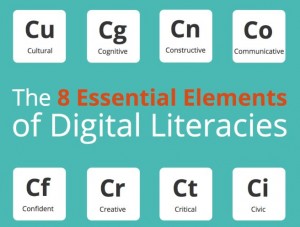

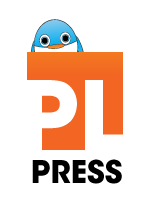
![MPj03415220000[1]](https://lynhilt.com/wp-content/uploads/2012/09/MPj034152200001-300x214.jpg)

